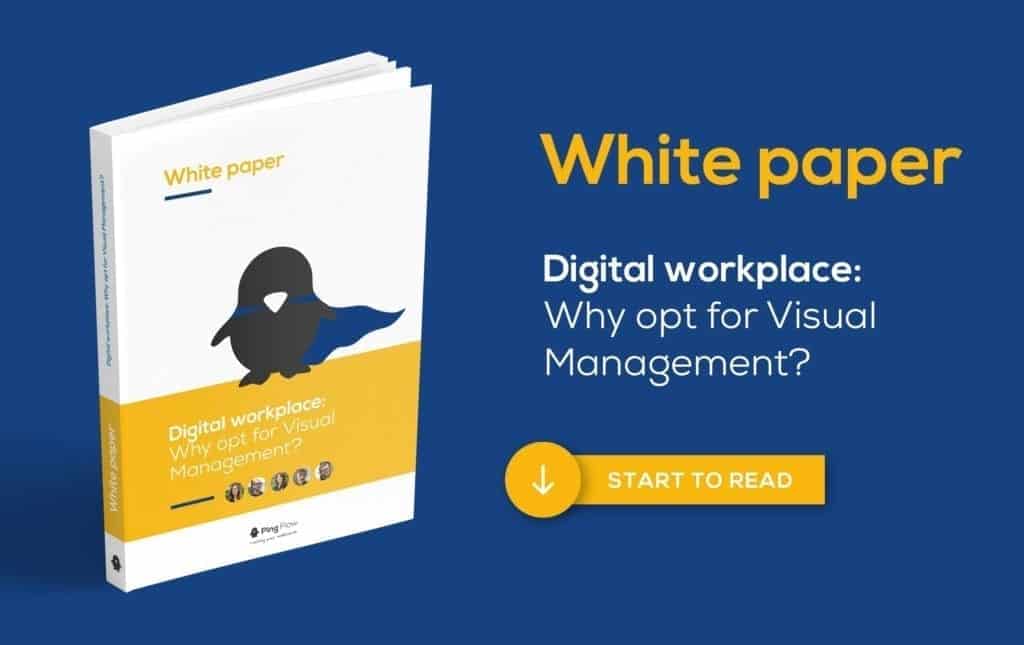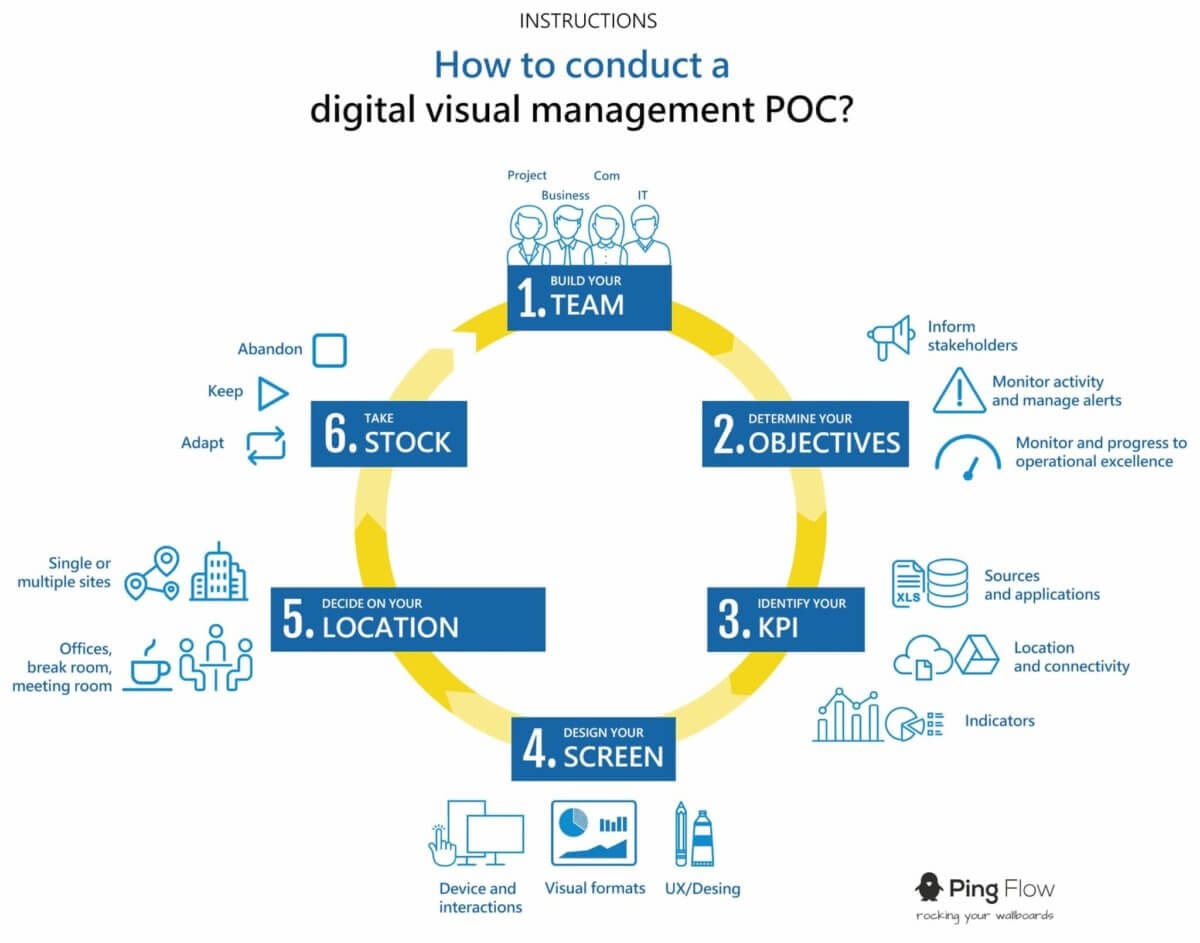Being a pioneer in Visual Management within your company is not always easy. All cinema superheroes go through moments of doubt. Often, just afterwards, they save the world. You will experience similar misgivings when choosing your Visual Management solution. When investing company funds, it is normal to want to make the right choice. This is why we alert you to the seven pitfalls to avoid when choosing your Visual Management partner.
Pitfall No. 1. : Choosing a BI supplier
Does your partner start by presenting their solution or by looking at your requirements? It’s by studying your needs that the partner will be able to determine if their solution is really what you need or not. Are the interfaces that they demonstrate based mostly on strategic indicators? Is their solution designed for top management? Under no circumstances then is it useful for operations. Do not confuse Business Intelligence and Visual Management.
Pitfall No. 2. : Choosing a solution which is not connected to your information system
Many of today’s solutions can be summarised as digital Post-its or kanban dashboards to monitor activity. These data are not extracted or derived from your information system.This implies collecting data, entering and updating it manually for the display platform. This extremely time-consuming task can be avoided by connecting your visual display to the information system. Thus the indicators previously derived from data entered into the information system will be extracted directly from it (export to Excel) as updated daily by the team.
Pitfall No. 3. : Favouring a free solution
Often, free solutions are not complete or well suited to your requirements. They are generic solutions. The most appropriate choice is a detailed bespoke solution, validated by a POC (proof of concept). This allows you to have an example of or test the solution before involving your team and ISD in the Visual Management that you want to deploy.
Pitfall No. 4. : Select a partner who does everything remotely

Pitfall No. 5. : Not being involved
To build a solution which matches the reality of your work and your requirements, you must be involved. But not just you! Ideally, bring together a team of people at different levels who will be using the solution. However good your partner, a Visual Management project can never be a success without the involvement and motivation of the people involved.
Pitfall No. 6. : Want a solution with quick results
Adopting Visual Management requires change management and involving staff and managers. Even with 100% availability of the people involved, it is difficult to create a complete solution in one month. You should allow between three and six months to obtain a balanced solution which will address concrete problems.
Pitfall No. 7. : Not follow-up after implementation
Thanks to Visual Management and your new screens, everyday work and your way of managing will change. Once the first areas of ‘waste’ in your department have been corrected, your visual indicators must adapt as part of continuous improvement.




